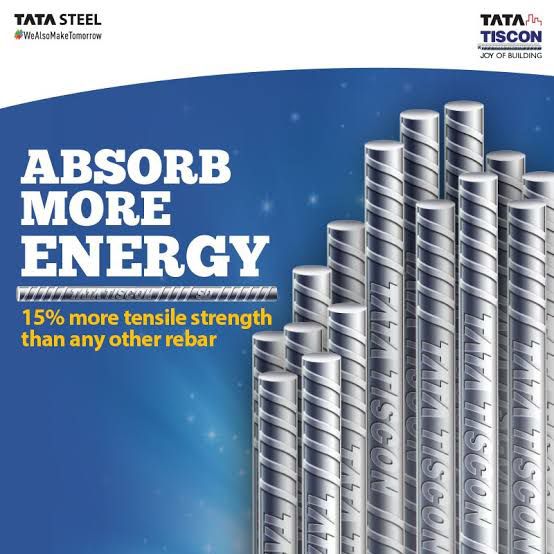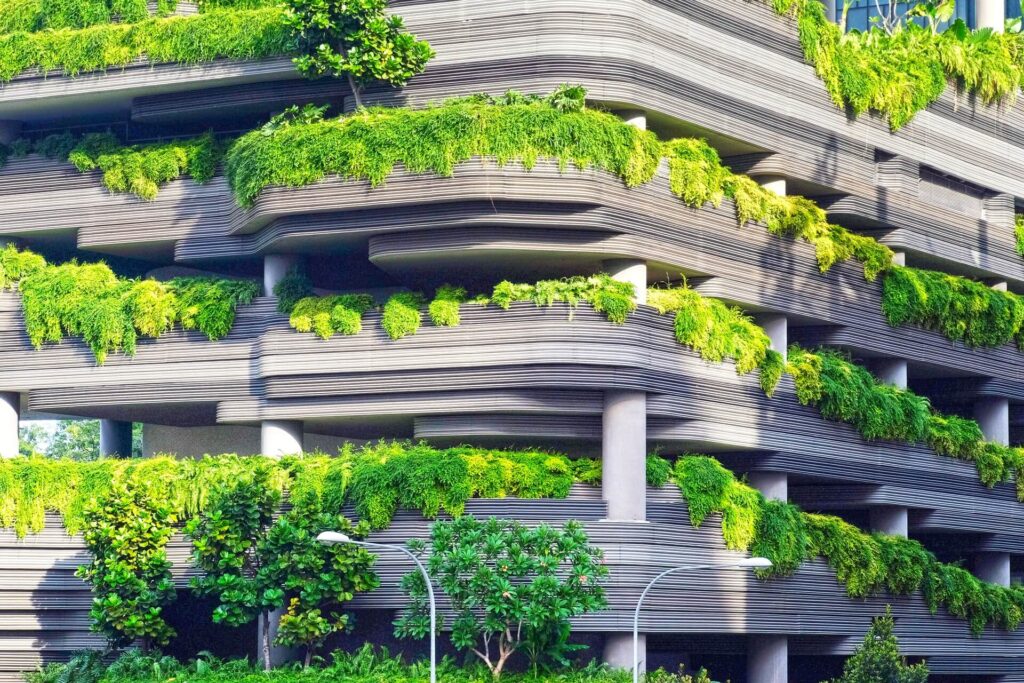GREEN BUILDING MATERIALS: ECO-FRIENDLY OPTIONS FOR SUSTAINABLE CONSTRUCTION
Green Building Materials: Eco-Friendly Options for Sustainable Construction
Sustainable construction has become increasingly important in today’s world as we strive to reduce our environmental impact and create more energy-efficient, environmentally friendly buildings. One crucial aspect of sustainable construction is the use of green building materials, which are eco-friendly options that promote sustainability throughout the building’s lifecycle. These materials help reduce resource consumption, minimize waste, and improve indoor air quality. In this article, we’ll explore various green building materials and their key benefits.
1. Bamboo
Bamboo is a rapidly renewable resource that’s gaining popularity as a green building material. It grows quickly, making it an excellent alternative to hardwoods for flooring, furniture, and even structural elements. Bamboo is also strong and durable, making it a viable choice for sustainable construction projects.
Key Benefits:
- Rapid growth and renewal.
- High strength and durability.
- Versatility in applications.
- Carbon sequestration.
2. Recycled Steel
Using recycled steel in construction significantly reduces the environmental impact of producing new steel. Recycled steel maintains its structural integrity and can be used for various purposes, including framing and roofing.
Key Benefits:
- Reduces energy consumption and greenhouse gas emissions.
- Enhances structural strength.
- Increases building durability.
- Minimizes waste.

3. Recycled Glass
Recycled glass can be used in sustainable construction as an aggregate in concrete or as decorative elements in architectural designs. Utilizing recycled glass helps divert waste from landfills and conserves natural resources.
Key Benefits:
- Reduces landfill waste.
- Low embodied energy.
- Aesthetically pleasing.
- High durability.
4. Solar Panels
Solar panels are a staple of sustainable construction. They harness renewable energy from the sun, reducing the reliance on fossil fuels for electricity. Solar panels can be integrated into building designs, providing clean energy while reducing long-term energy costs.
Key Benefits:
- Produces clean, renewable energy.
- Reduces electricity bills.
- Low maintenance.
- Supports energy independence.
5. Straw Bales
Straw bales are an unconventional but highly efficient green building material for insulation and structural elements. These bales offer excellent insulation properties, making buildings more energy-efficient.
Key Benefits:
- Excellent insulation properties.
- Renewable and locally sourced.
- Low embodied energy.
- High fire resistance when properly treated.
6. Reclaimed Wood
Reclaimed wood from old buildings, barns, or other structures can be repurposed into flooring, beams, and other construction elements. This practice not only conserves natural resources but also adds character and uniqueness to a building.
Key Benefits:
- Reduces demand for virgin timber.
- Adds aesthetic value.
- Strength and durability.
- Historical and ecological significance.
7. Green Concrete
Green concrete incorporates environmentally friendly materials such as fly ash or slag, reducing the carbon footprint of traditional concrete production. It offers excellent durability and strength, making it a sustainable alternative for construction.
Key Benefits:
- Reduces carbon emissions.
- Enhances longevity.
- Low maintenance.
- Decreases resource depletion.
8. Cool Roofs
Cool roofs are designed to reflect sunlight and absorb less heat, keeping buildings cooler and reducing the need for air conditioning. They can be made from reflective materials like white membranes or reflective coatings.
Key Benefits:
- Energy-efficient by reducing cooling costs.
- Extends roof lifespan.
- Mitigates urban heat islands.
- Lowers greenhouse gas emissions.
Green building materials play a pivotal role in sustainable construction by minimizing environmental impact and promoting energy efficiency. Architects, builders, and homeowners alike can contribute to a greener future by choosing these eco-friendly options for their construction projects. As we continue to develop and innovate in this field, sustainable building materials will play an increasingly vital role in shaping our world for the better.


